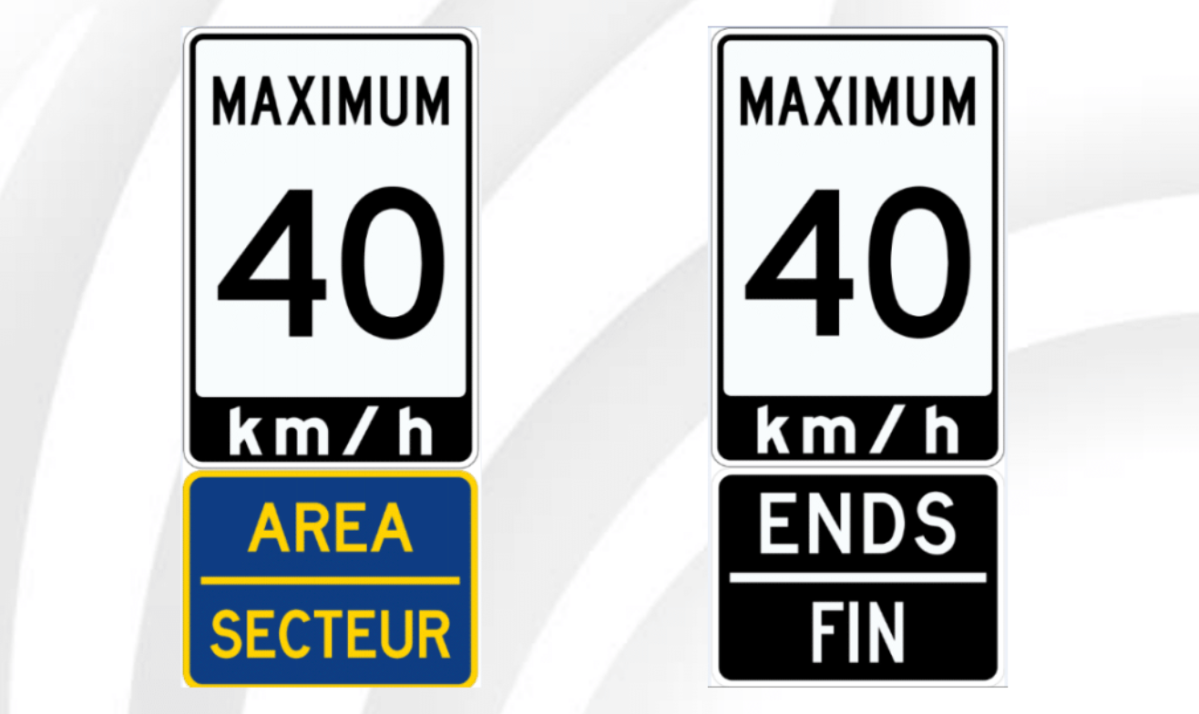Nearly three years after London reduced the speed limits in school zones to 40 km/h, city politicians are considering doing the same for residential neighbourhoods.

In a new report going before the civic works committee next week, city engineers recommend decreasing speed limits to 40 km/h in neighbourhoods. The idea would be to create area speed limits to reset how fast motorists can drive in certain areas of the city.
The staff report notes Ottawa is the only city in Ontario that has established area speed limits, designating two zones with a 40 km/h speed limit.
The report states the risk of a fatal collision between a pedestrian and a vehicle increases significantly when vehicles are travelling over 40 km/h.
Ward 11 councillor Stephen Turner supports reducing speed limits in residential areas.
“I was a paramedic for years, I responded to a lot of these calls, I’ve seen the results of the impact between a car and a person and it’s not nice,” he said.
Turner says this is a passionate issue for his constituents.
“I’d say between snow clearing and this the number one complaint I receive by emails and phone calls is traffic speeds on residential streets and how do we traffic calm it.”
Reducing residential speed limits would fit with London’s overall road safety strategy. London city hall is a part of Vision Zero, a global movement dedicated to the elimination of traffic deaths and injuries caused by vehicular collisions while increasing safe, healthy equitable mobility for all.
In May 2017 London city council adopted the following Vision Zero Principles:
– No loss of life is acceptable
– Traffic fatalities and serious injuries are preventable
– Eliminating fatalities and serious injuries is a shared responsibility between road users and those who design and maintain our roadways
– We are all physically vulnerable when involved in motor vehicle collisions
– We all make mistakes
London also began installing red light cameras across the city in 2017, setting up ten cameras in all. Early reports have been positive.
A staff report from this past February found right-angle collisions at intersections city-wide were down 26 per cent, while crashes involving injury or death decreased by 34 per cent.
The red light camera program brought in nearly $1 million in 2018, leaving the city with $475,000 after all expenses were paid.
Money will be a factor in the potential speed limit decrease in residential areas. The staff report says the estimated cost to manufacture and install new signs is $400,000.
London is also part of a provincial Automated Speed Enforcement Steering Committee. Staff expect photo radar to be deployed in late 2019 or early 2020. City council will have to sign off before the city installs photo radar anywhere in the city.
While the staff recommend reducing the speed limit in residential areas to 40 km/h, Turner would like to go even lower.
“Going even a bit further, the safety results become even more marked. By going to 30 km/h the risk of a fatal pedestrian industry is 10 per cent.”
The staff report does caution against reducing speed limits too low.
“Artificially lowering the speed too far can result in greater speed differentials which come with their own safety issues,” said the report. “Pedestrians and drivers may misjudge the speed of approaching vehicles if a speed limit is set at a level that achieves low compliance.”
It will be some time before a final decision is made.
The report recommends consulting with the Transportation Advisory Committee, the Community Safety and Crime Prevention Advisory Committee, the London Middlesex Road Safety Committee and holding a public participation meeting before making a final decision.
The report will be discussed May 14 at the civic works committee.








Comments